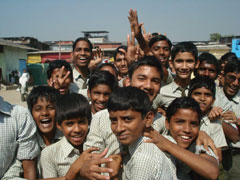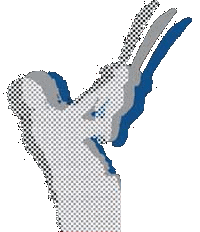 The Parivartan program Key Learning Areas and corresponding reports:
The Parivartan program Key Learning Areas and corresponding reports:
FINAL
Coming soon! Reports below embargoed till journal release.
PHASE I – EXPLORATORY
- Formative Research (fielded 2009) – Coach/mentor interviews and athlete focus group discussions that identify the need for gender socialization and equity training and informed the program’s approach, implementation, etc. (e.g., formal school track & informal community track).
- Baseline “descriptive/pervasiveness” (fielded 2009) – Formal school track athletes’ baseline data (demographics, witnessing of violence, attitudes toward violence, etc.).
PHASE II – IMPLEMENTATION
- Formal Track (school-based) Impact (fielded 2010 – 2011) – Baseline and midline data from the formal track coaches and athletes (experimental and deferred) to examine the impact of Parivartan on the key desired outcomes (i.e., gender equitable attitudes, knowledge of abusive behaviors, intentions to intervene).
- Informal Track (community-based) Impact (fielded 2011) – Baseline, midline, and endline data from informal track athletes (experimental and deferred) to examine the impact of Parivartan on the key desired outcomes (i.e., gender equitable attitudes, knowledge of abusive behaviors, intentions to intervene).
PHASE III – ADDITIONAL ANALYSIS
- Qualitative Impact on Girls/Women (fielded 2011) – Interviews with women related to the men and boys in the Parivartan program (e.g., mother, female friend).
- Coaches Training Comparison (2012) – Descriptive report of the engaging and training process of coaches (formal school setting) and “mentors” (as called in the informal community seeting) in Mumbai with added analysis comparing US-based Sacramento, Calif. implementation. Includes both quantitative and qualitative data.
